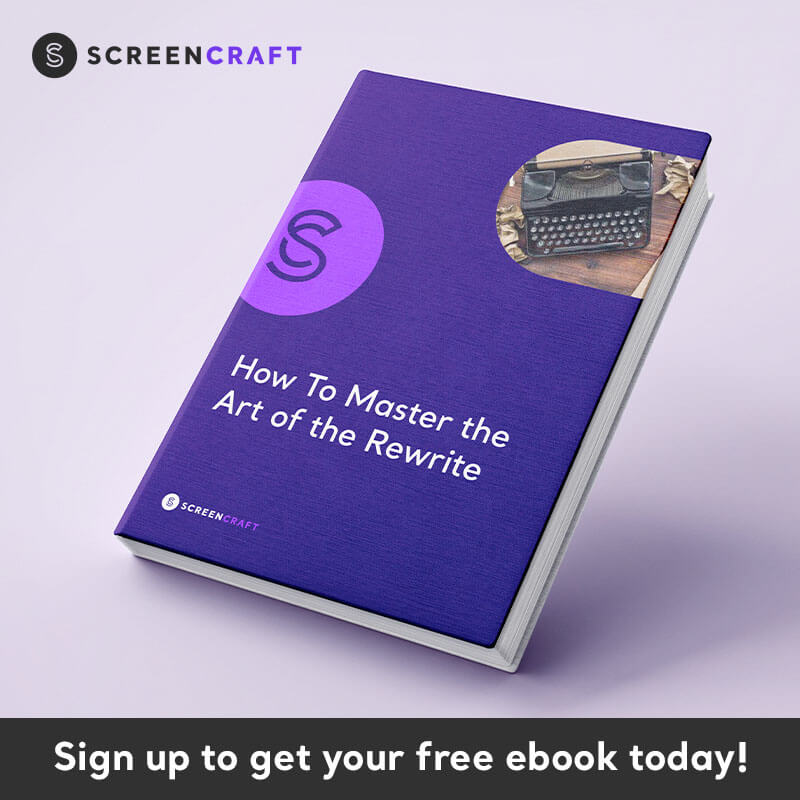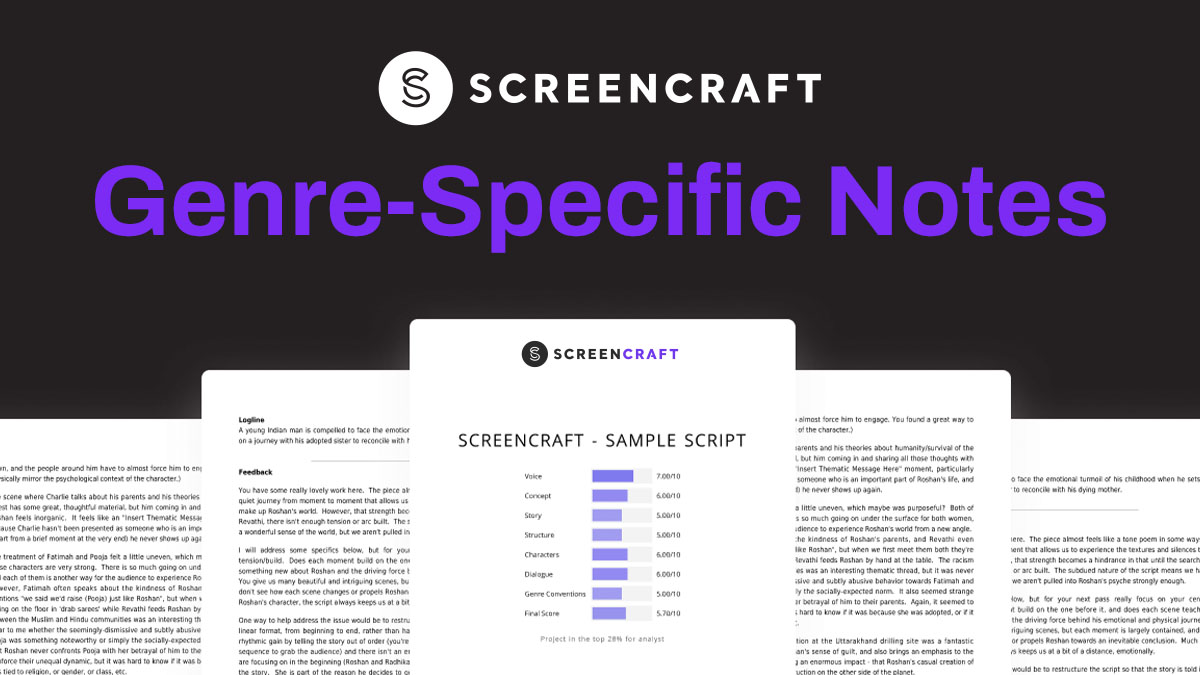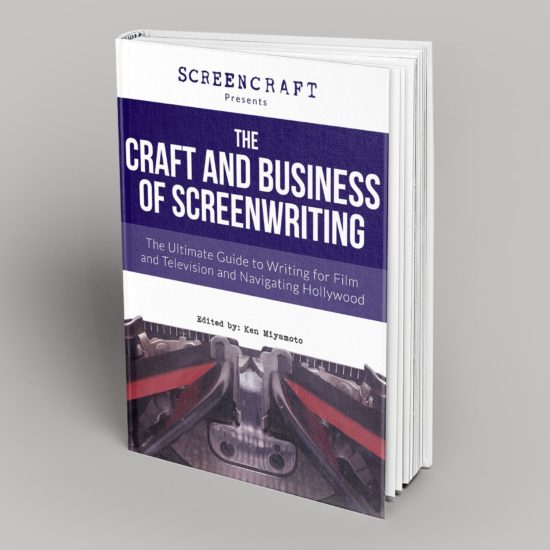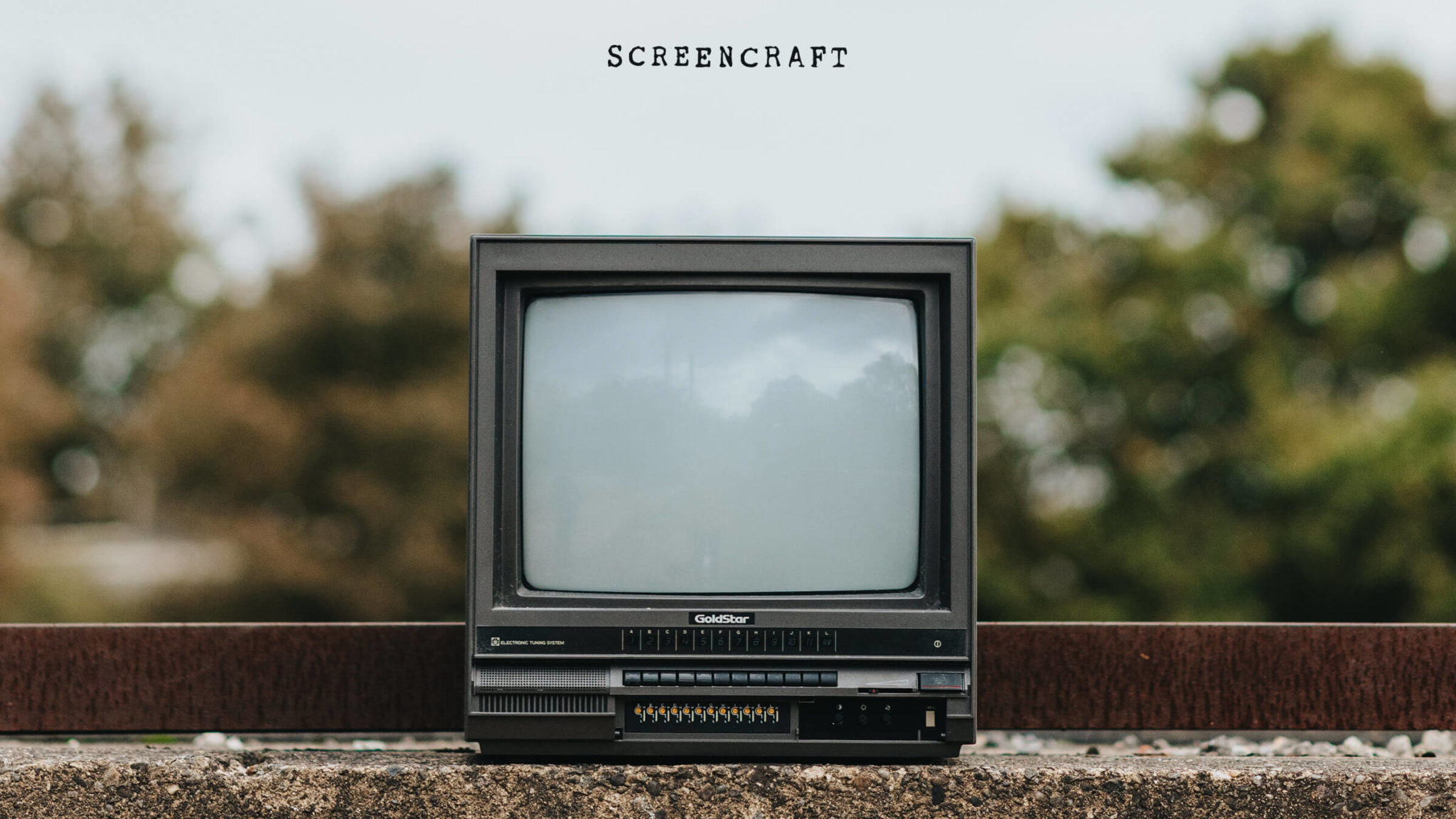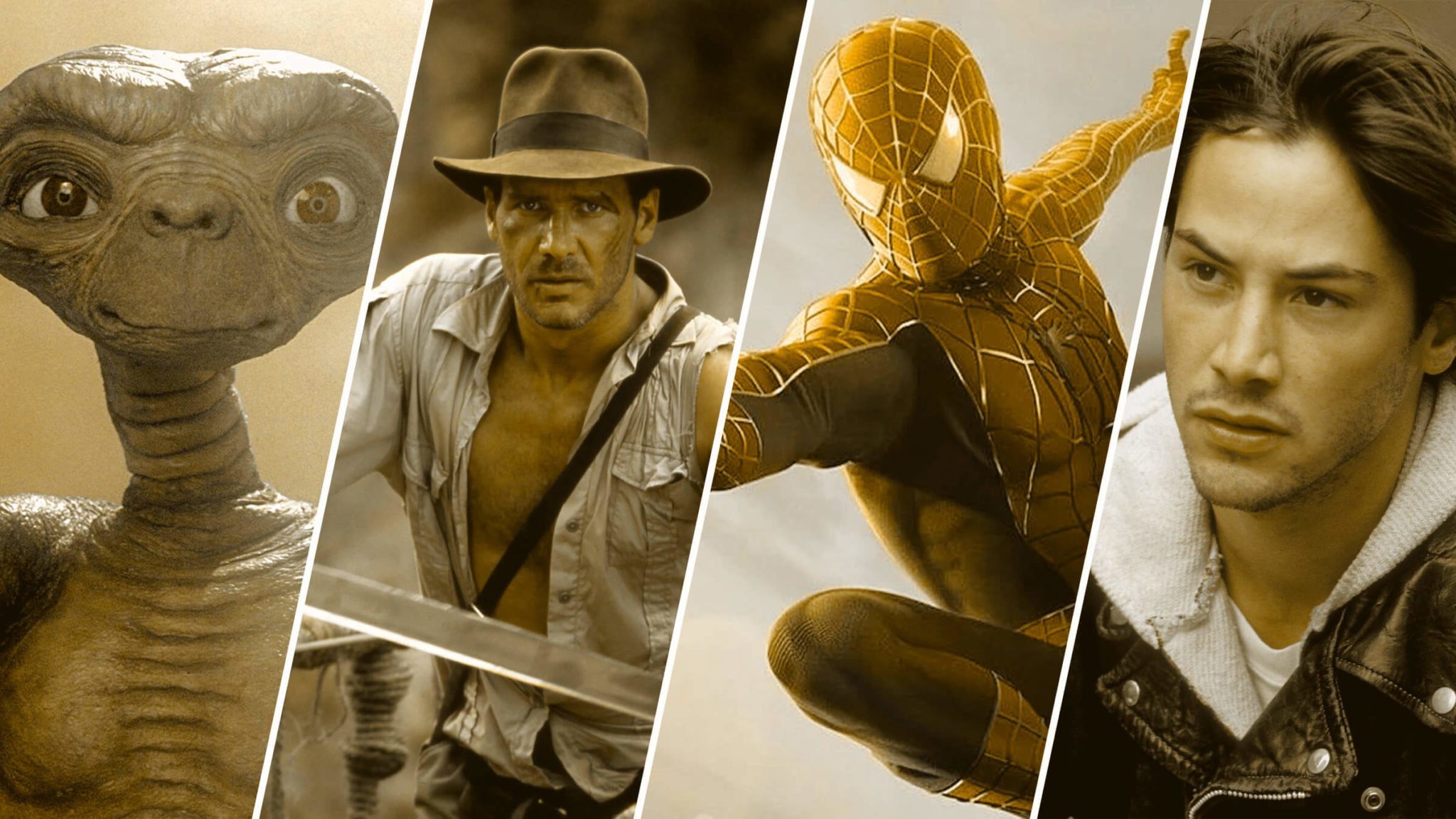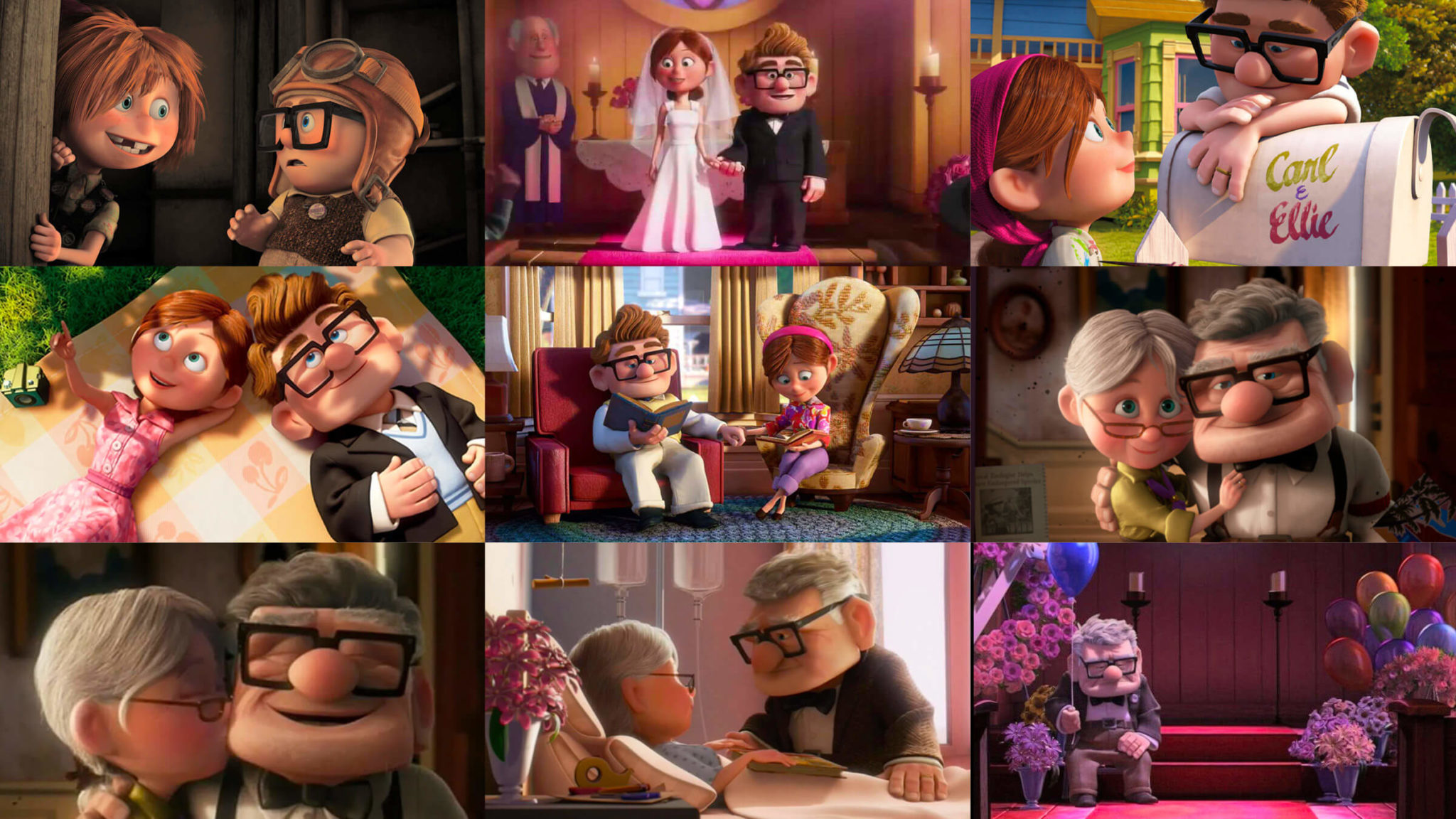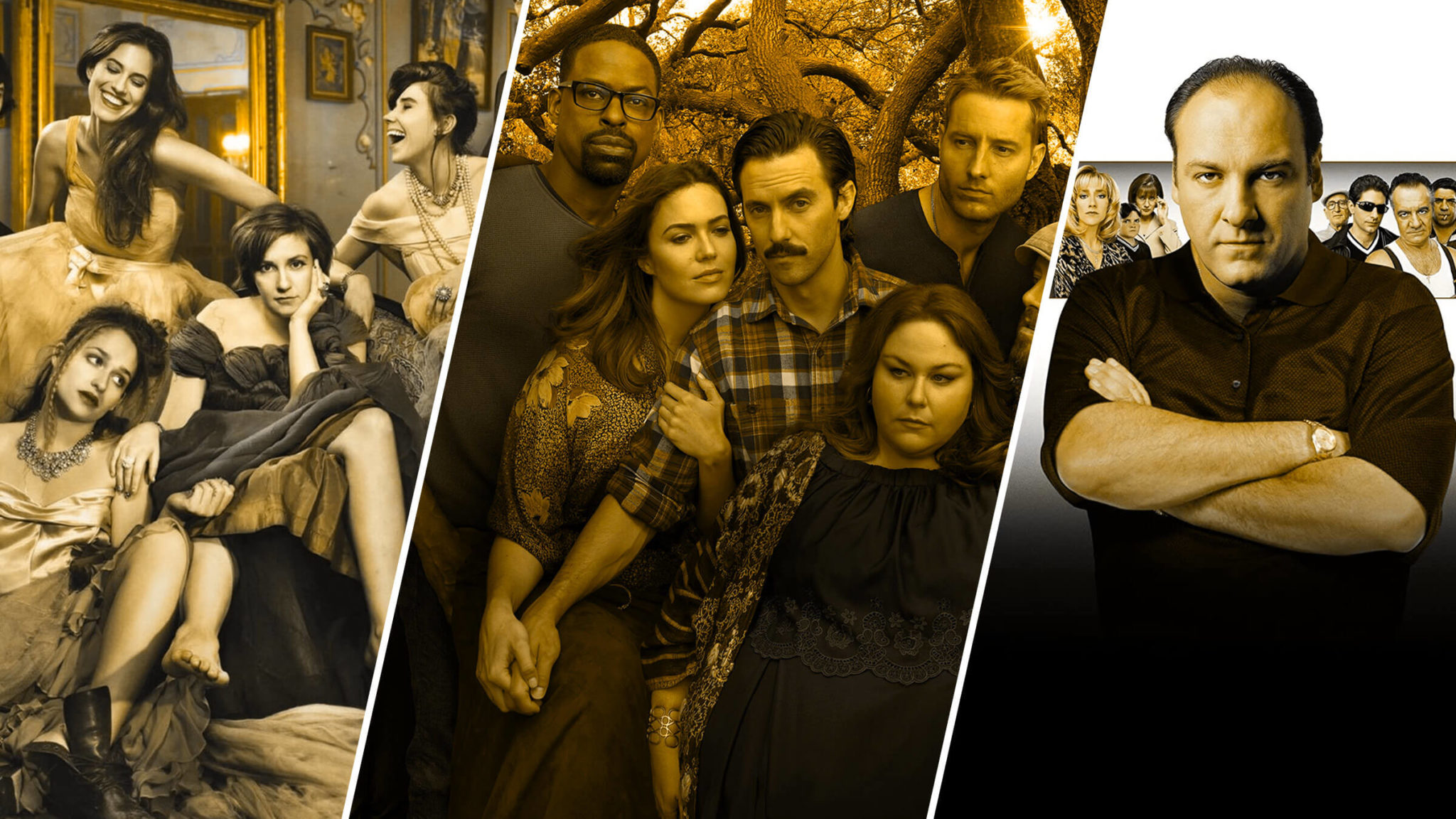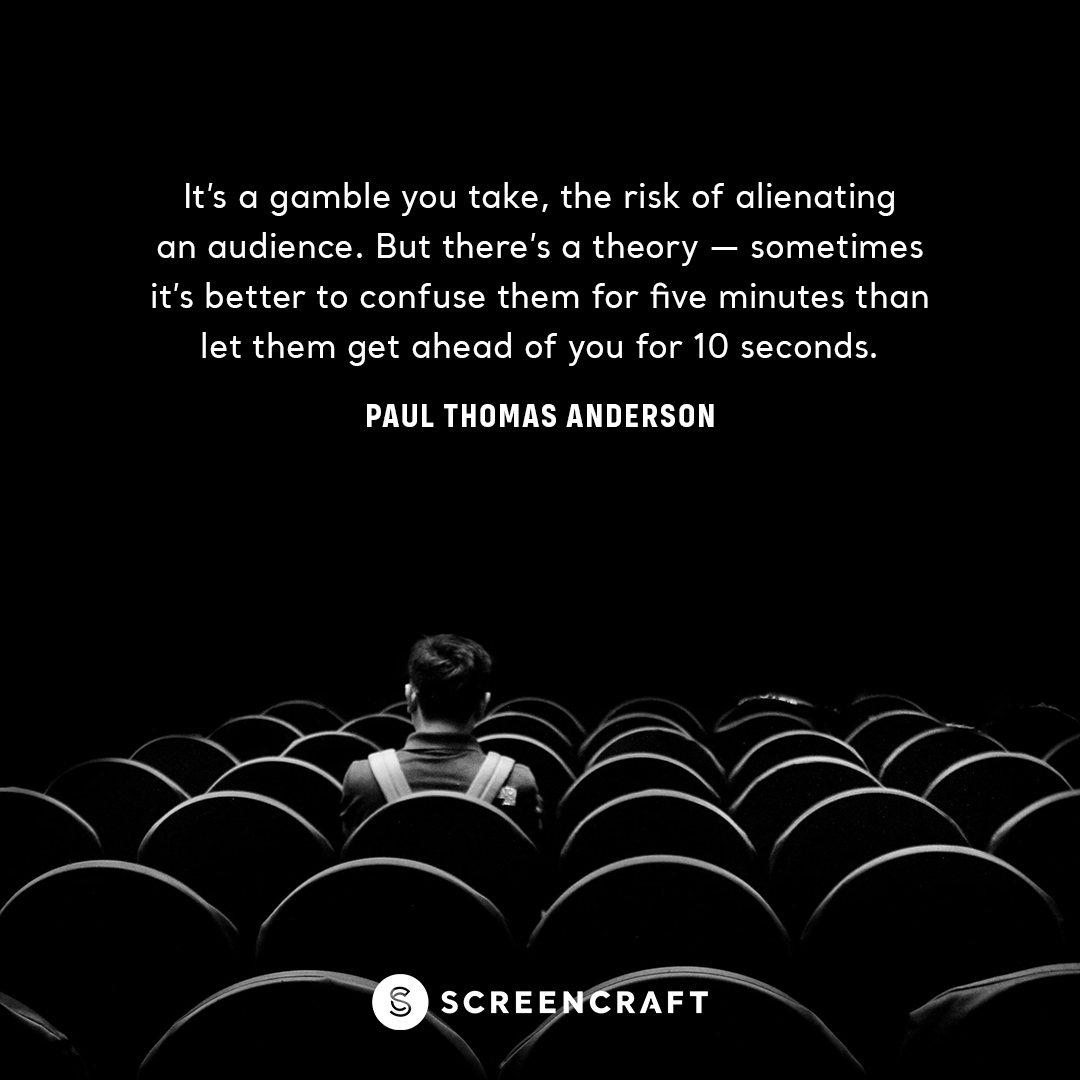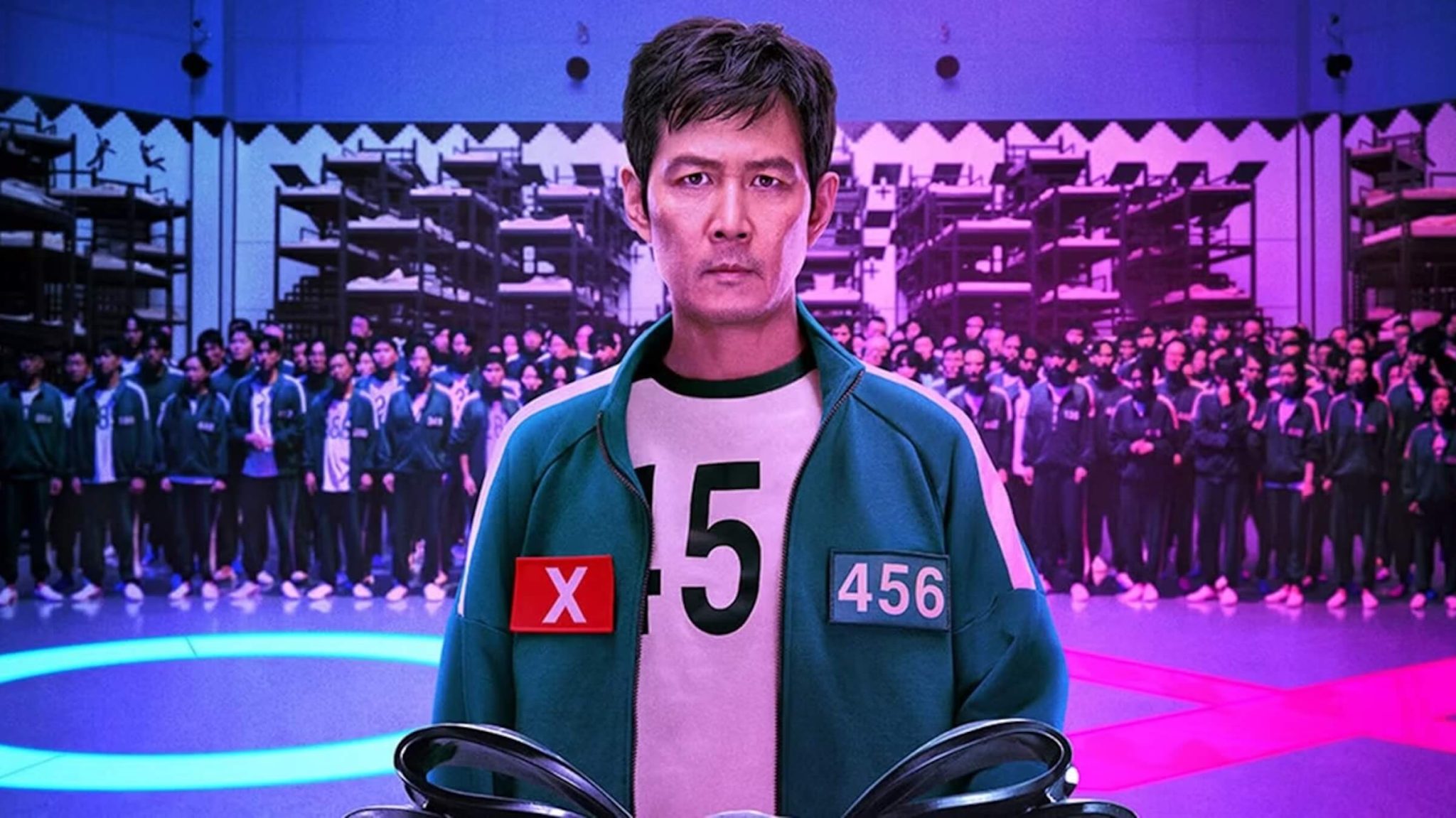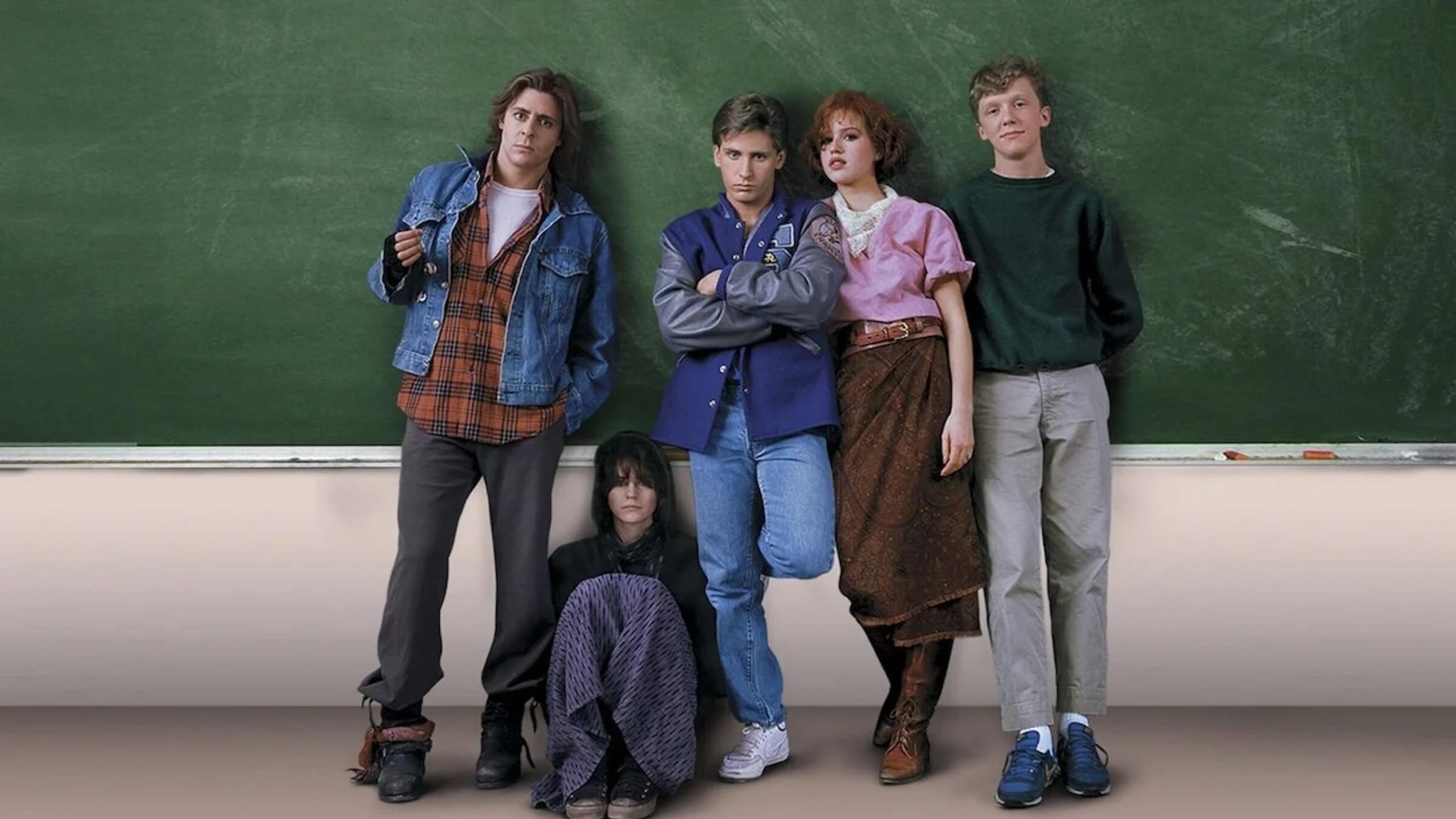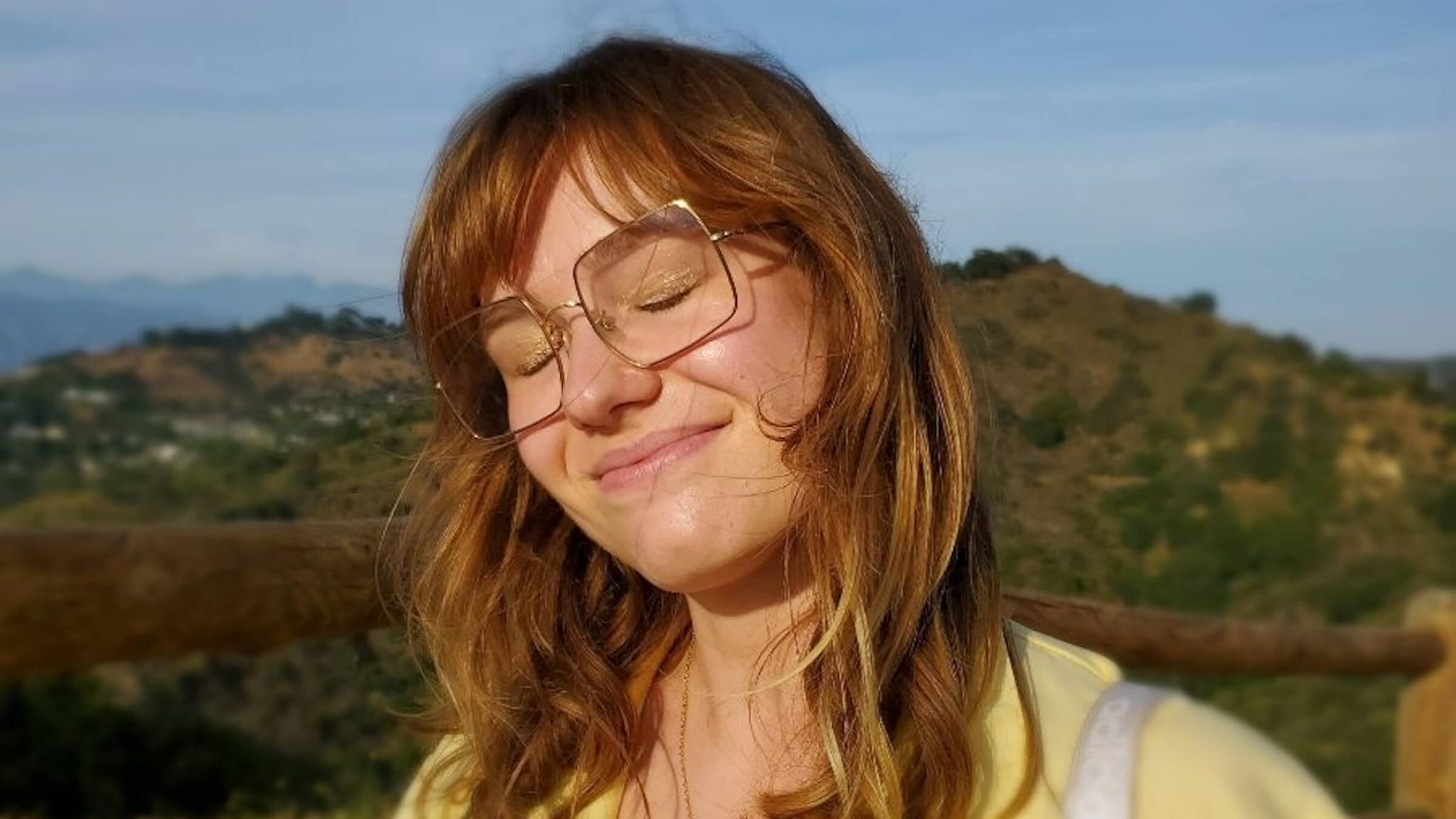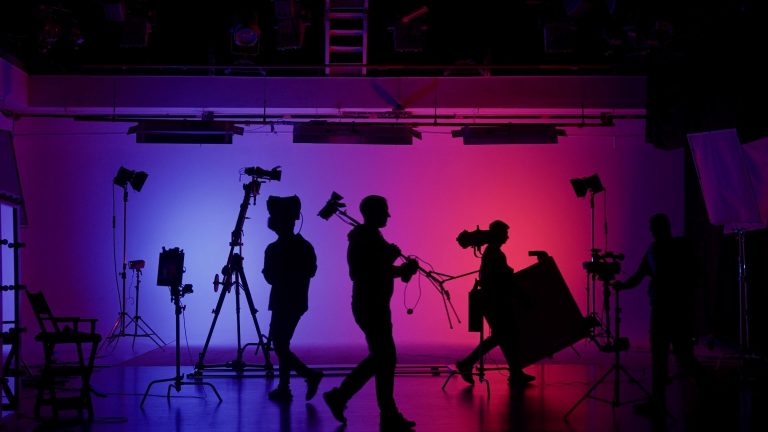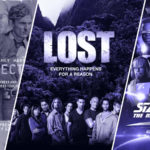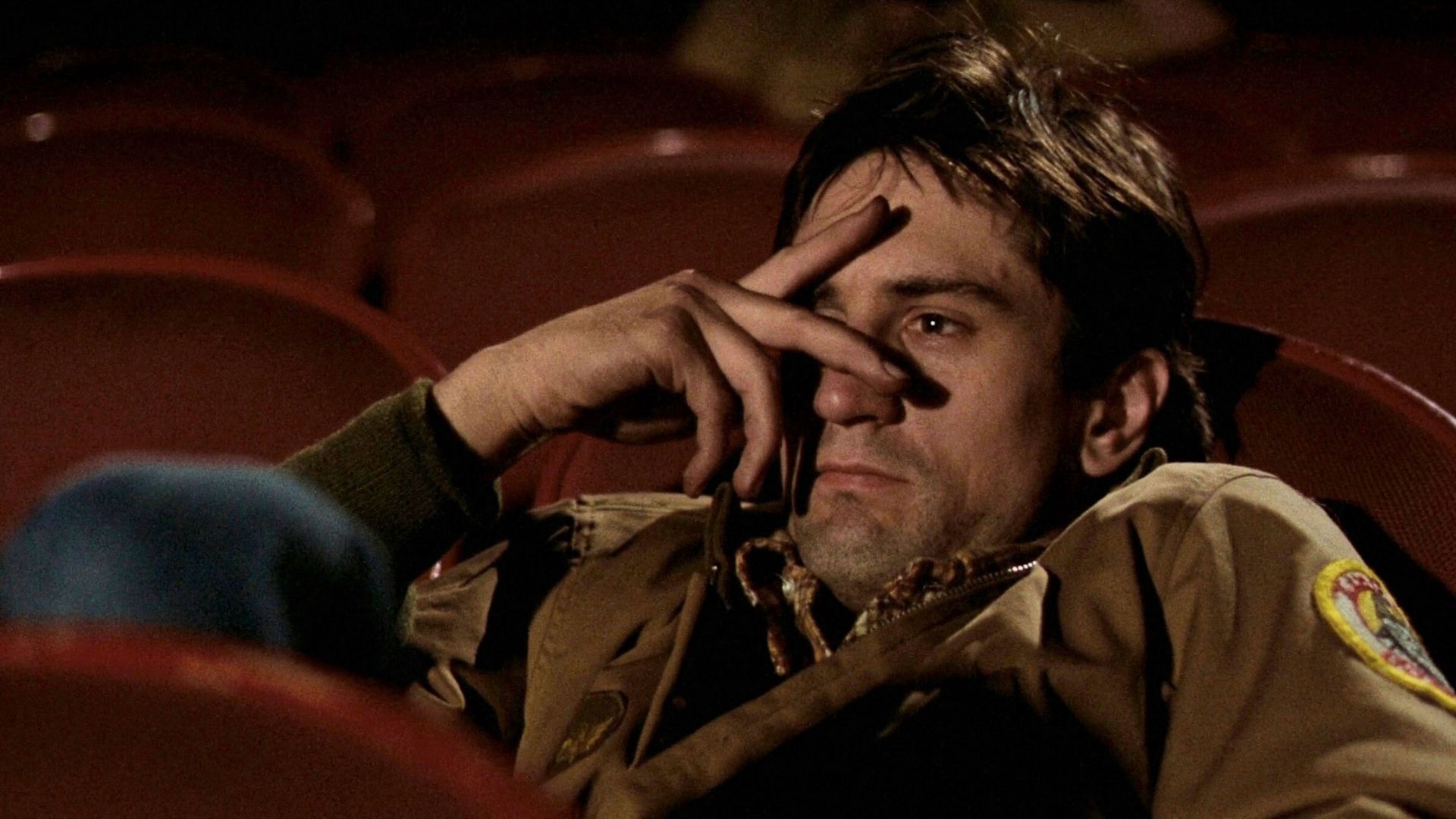10 Film Editing Secrets That Screenwriters Can Learn From
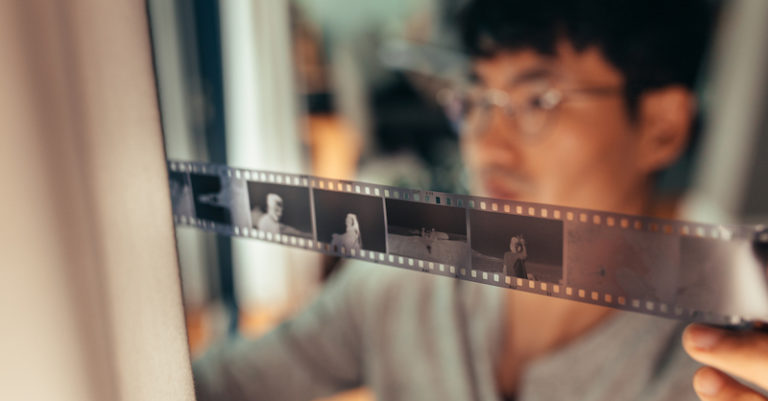
What can screenwriters learn from film editing secrets that can make their screenplays more cinematic and powerful?
We've covered the notion that screenwriters should think like editors when they're writing.
Read ScreenCraft's Why Screenwriters Should Think Like Film Editors!
Now, thanks to YouTube Channel This Guy Edits and their Ten Lessons From the Top Film Editors, we've learned ten editing secrets of the trade that can be applied to how you write your screenplays.
Read the above link to realize why you should be doing this. Then read below to learn secrets on how you can apply editing lessons to your cinematic writing.
1. When NOT to Cut
Screenwriters have been told not to direct the camera in their scene description. This is very true and it is a directive that should be abided by a majority of the time.
However, every steadfast "rule" can certainly be bent. And you can accomplish this by how you write your scene description. The video describes the power behind the visual of staying with an image.
The heartbreaking hanging scene in 12 Years a Slave holds on an image of the protagonist hanging from a tree branch with only the tip of his toes saving him from dying.
The shot doesn't cut for around ninety seconds, which, in editing, is a lifetime. But the image is so powerful and cathartic.
You can accomplish this in your scene description — staying with the image — by adding a few lines of scene description to offer subtle details. Now, you never want to get too specific in your scene description. If you get into that habit, you'll have a 130-plus page screenplay. But if you have an image that you want to stay on, and you don't want to cut away from it by moving on to the next scene, offer some more specific details of the image.
In the case of the above scene, you would be writing about the way the slaves in the background are going about their business, ignoring this horrible visual of one of their own on the brink of death. You would write about the sounds coming from the fields. You would detail the beauty of the setting, compounded by this man hanging from a noose.
If you have a visual that you want to not cut away from in order to impact the audience for just a few more seconds, use a few more lines of scene description to keep us there.
2. Keep Your Ego in Check
The video talks about the fact that an editor can't let ego get in between their work and what is right for the overall collaboration — and the story — of the project.
As a screenwriter, you can't let your ego get in the way of the story you are trying to tell. And once you sign on for rewrites under contract or tackle a writing assignment, you always have to check your ego at the door and do what is necessary for the project.

Even when you're writing on spec, you have to set aside your ego to avoid writing big, flashy scenes that you think are brilliant and will impress anyone that reads your script. If those elements don't serve the story, you're getting in the way of the project.
3. Trust the Process
Film is a collaborative medium. It only starts with the screenwriter.
The process of developing, writing, packaging, selling, casting, filming, editing, and marketing a movie isn't going to change anytime soon. There are variances to be sure, but for screenwriters, the process of collaborating with producers, development executives, directors, and talent will always be there.
Sometimes you'll have more freedom. Sometimes you won't. Sometimes you'll have to apply studio notes to your pages. Sometimes your notes to them will prevail.
Collaboration is a process. You have to trust it. That even applies to working with managers and agents on the script before it's even taken out.
Trust the process.
4. Bad Ideas Lead to Good Ideas
Editing is a huge collaboration effort. Editors are doing the bidding of the director. While they certainly have their own input, in the end, the director is going to make the call. That call may seem idiotic and counterintuitive at the time, but editors have to trust the process and play it out.
The same can be said with screenwriters. Once a script is shared and feedback or notes come about, you're going to get some whoppers. Especially if you're writing within the studio system. You may even get a note or two from a manager or agent that just doesn't jive with your vision.
But you need to be sure to put your preconceived notions in check and have the ability to take a counterintuitive note and put it into the context of how it could serve the story well. It's your job to make those notes work within the narrative.
Bad ideas can lead to some good ones.
5. Writing Is Editing
For editors, this secret would be Editing Is Editing. For screenwriting, it means the same thing in the context of writing. In the video, there's a quote mentioned that we'll paraphrase as saying that every scene is a delicious course. And when you put them together, you can't eat them all so you have to choose the best ones.

No untouched first draft is finished. Far from it. The real process of writing occurs in the editing phase because you're designing the screenplay by what you cut out and by what you leave in. You're crafting the story and the characterization by those choices.
So edit away. And while you're doing that, you're writing.
6. Organization Is Editing
Since we've proven that editing is writing, we also have to understand that the way you organize your scenes and moments is all about your organization skills.
You need to understand the material. You need to understand the story. You need to understand the characters arcs. When you look deeper into those elements, you'll be able to organize what moments should happen when and where. That helps your editing.
Learn the best way to structure your screenplay with this free guide.
7. Just Write
For editors, this secret would read as Just Edit. The video mentions an editor that had previously worked on the short film version of Whiplash. This was before they were a known editor within the ranks of Hollywood. Once the feature version was edited by them, their IMDB page showcases the explosion of their career as they go on to edit some of the biggest movies out there.
Everyone wants to know how they can become the next big screenwriter. What are the secrets to success? Well, the secret is to just write. That's all that you can do.
If you want to become a screenwriter, you need to write. And to learn to write, you have to just do it. If you need to start with a single scene and figure out the ins and outs of accomplishing that, just write a scene. If you need to start with a short script to see a story through to the end without having the pressure of writing a feature-length script, just do it.
There's no doubt that what you write in those first few attempts will be lackluster, but your brain will slowly begin to figure out how a scene works. And that knowledge will grow every time you challenge yourself to do the next step.
And then every script that you write will be a learning lesson. You'll see your craft mature.
Just write. Everything else will take care of itself as destined. But the writing has to be there first.
8. Storytelling Is a Muscle
Editors are storytellers, just like any screenwriter. And any storyteller knows that you get better with practice.
A muscle isn't fully developed, strong, and lean from the get-go. You have to work that muscle for it to grow. You have to train yourself.

The same can be said for writing. You get better the more you write. And as you write, you need to explore different ways to develop your storytelling skillset into something bigger and stronger. You want to push the limits and of what you think you are capable of. You want to try your best to impact the audience even more.
That's working out that muscle. And that's how you grow as a writer.
9. Study the Process
The video brings up a common question with novice editors, "Should I be watching YouTube videos to learn the different ways to edit."
For screenwriters, the common thought or posed question is, "Should I be watching videos and reading screenwriting books to learn how to write screenplays."
As a screenwriter, even if you're a veteran, you always have to be studying the process. You always need to be feeding your brain with different perspectives, different techniques, and different processes. There is no right or wrong answer when you're intaking all of this information.
The only right answer, in the end, is how you apply what you've learned about. You take what you like and leave the rest behind — as it applies to your writing.
But you have to intake those lessons. You need to consider everything. That's how you'll grow. That's how your own process will evolve.
10. Utilize Reactions
Reaction shots are often utilized in editing. They showcase the emotions of the characters as they react to the information that is being shared.
Screenwriting is all about showing, not telling. Now, you can certainly utilize the telling through dialogue. But it's the showing of emotion in reaction to the information being shared where you truly capture your characterization within your screenplays.
Too many screenwriters focus on the verbal reveals and how that information is shared. They'll have the scene description focus on who is delivering that information, as opposed to who they are telling it to.
Focus on the reactions in your writing. It's not about directing the camera and telling the reader that they should envision a CLOSE UP of a character. It's about using the scene description to subtly describe how that shared information is affecting them emotionally. Are they crying? Are they angry? Are they confused? Do they attack the deliverer of the information? Do they embrace them?
Showing us reactions is an excellent way to showcase characterization and depth.
These ten editing secrets can help your screenwriting. Since editing deals with visuals and film is a visual medium, the same lessons can be applied to those conjuring those visuals and editing them through the mind's eye. It's all connected.
Watch the full video for more elaboration and stunning visual examples.
Ken Miyamoto has worked in the film industry for nearly two decades, most notably as a studio liaison for Sony Studios and then as a script reader and story analyst for Sony Pictures.
He has many studio meetings under his belt as a produced screenwriter, meeting with the likes of Sony, Dreamworks, Universal, Disney, Warner Brothers, as well as many production and management companies. He has had a previous development deal with Lionsgate, as well as multiple writing assignments, including the produced miniseries Blackout, starring Anne Heche, Sean Patrick Flanery, Billy Zane, James Brolin, Haylie Duff, Brian Bloom, Eric La Salle, and Bruce Boxleitner. Follow Ken on Twitter @KenMovies
For all the latest ScreenCraft news and updates, follow us on Twitter, Facebook, and Instagram.
Tags
Get Our Screenwriting Newsletter!
Get weekly writing inspiration delivered to your inbox - including industry news, popular articles, and more!

